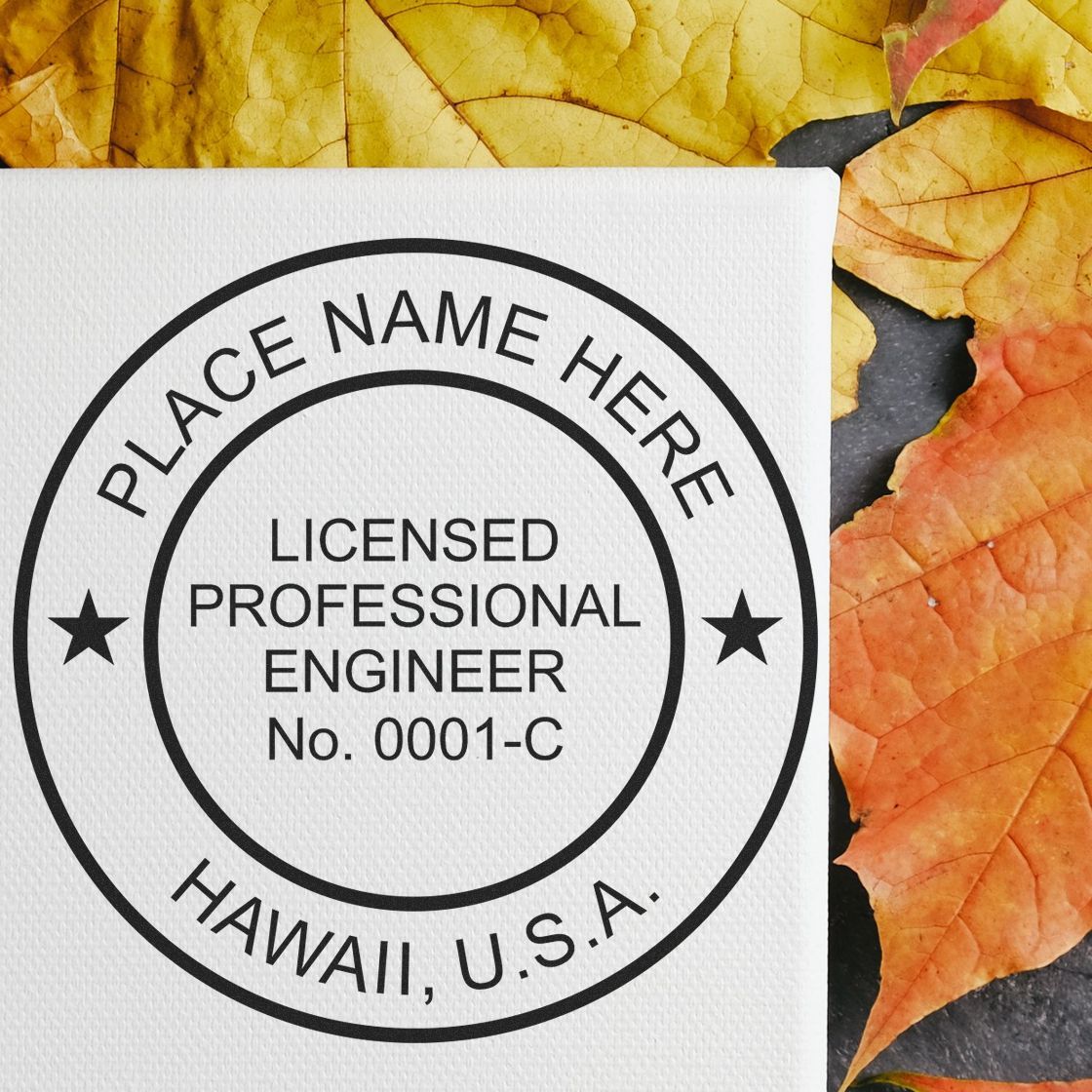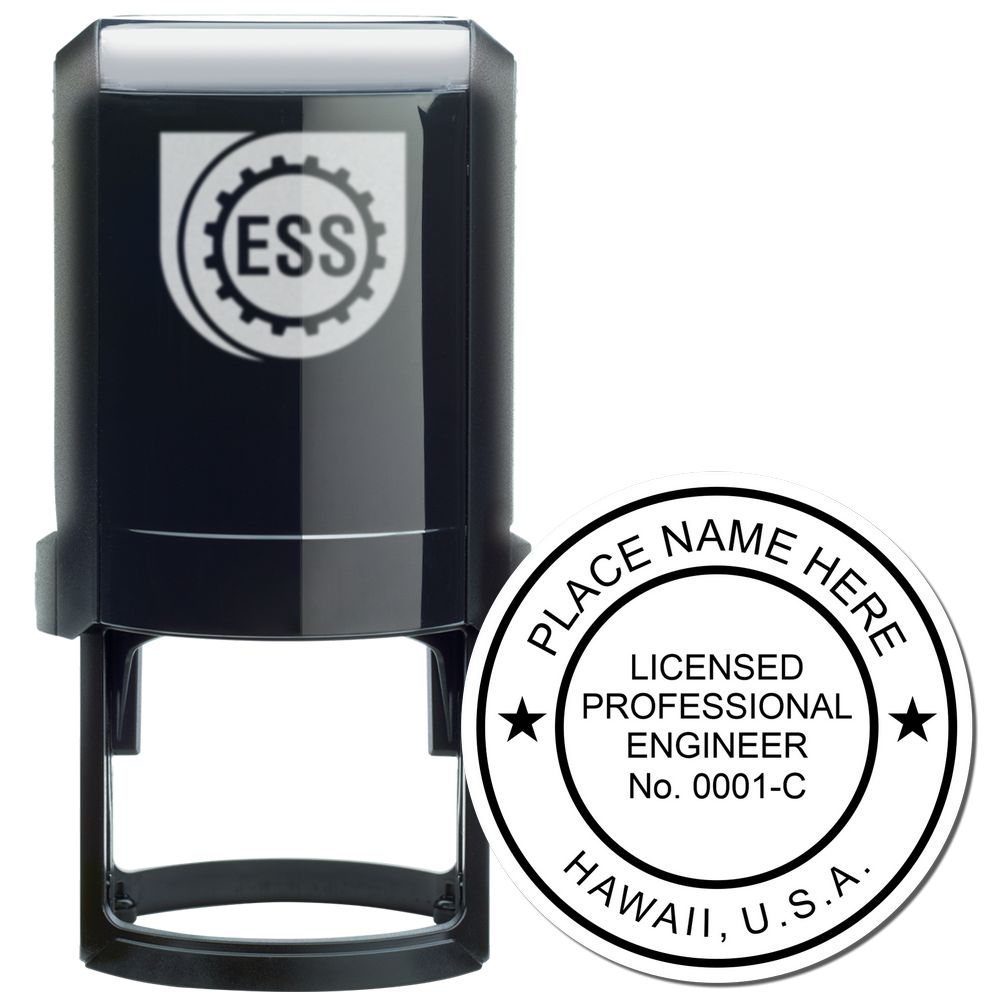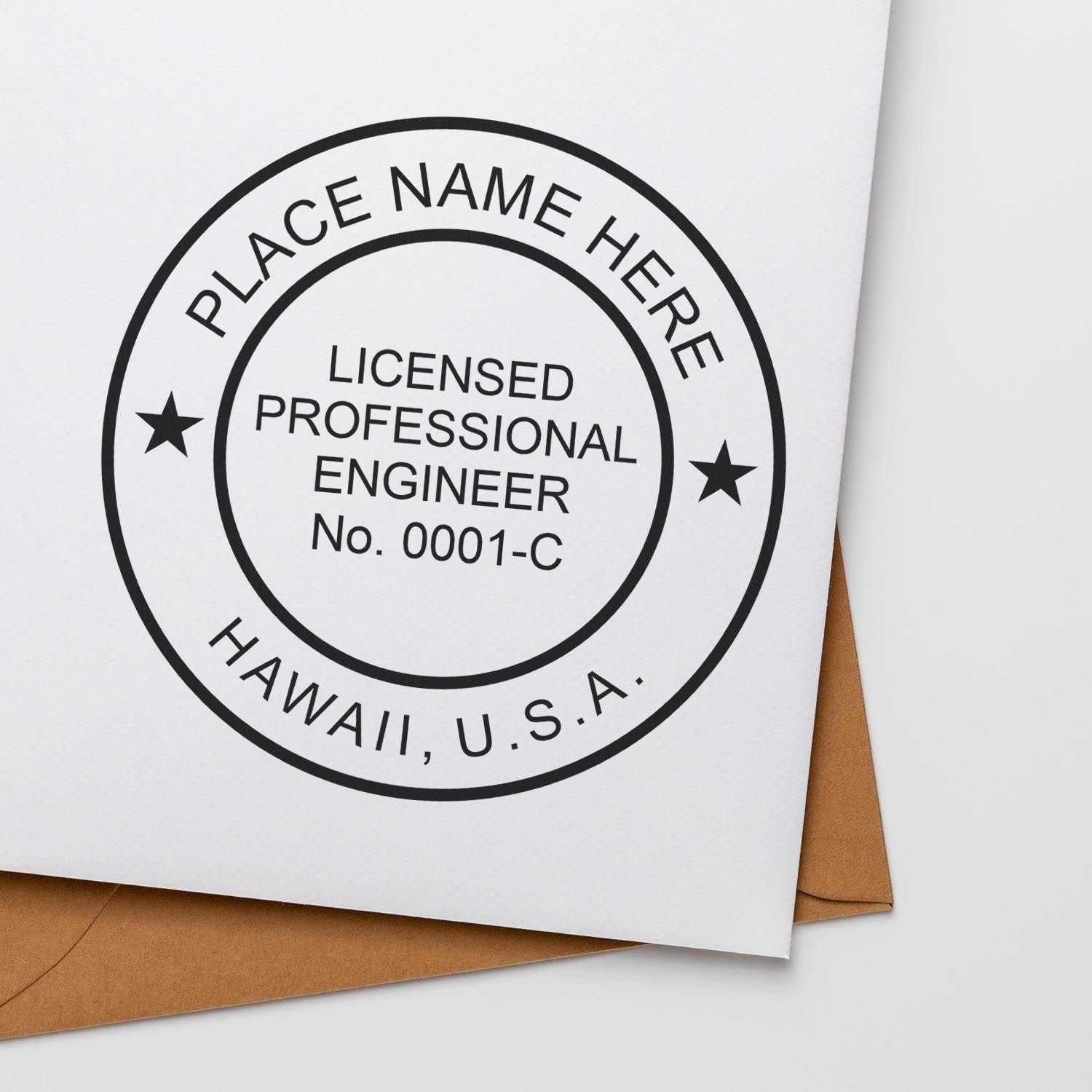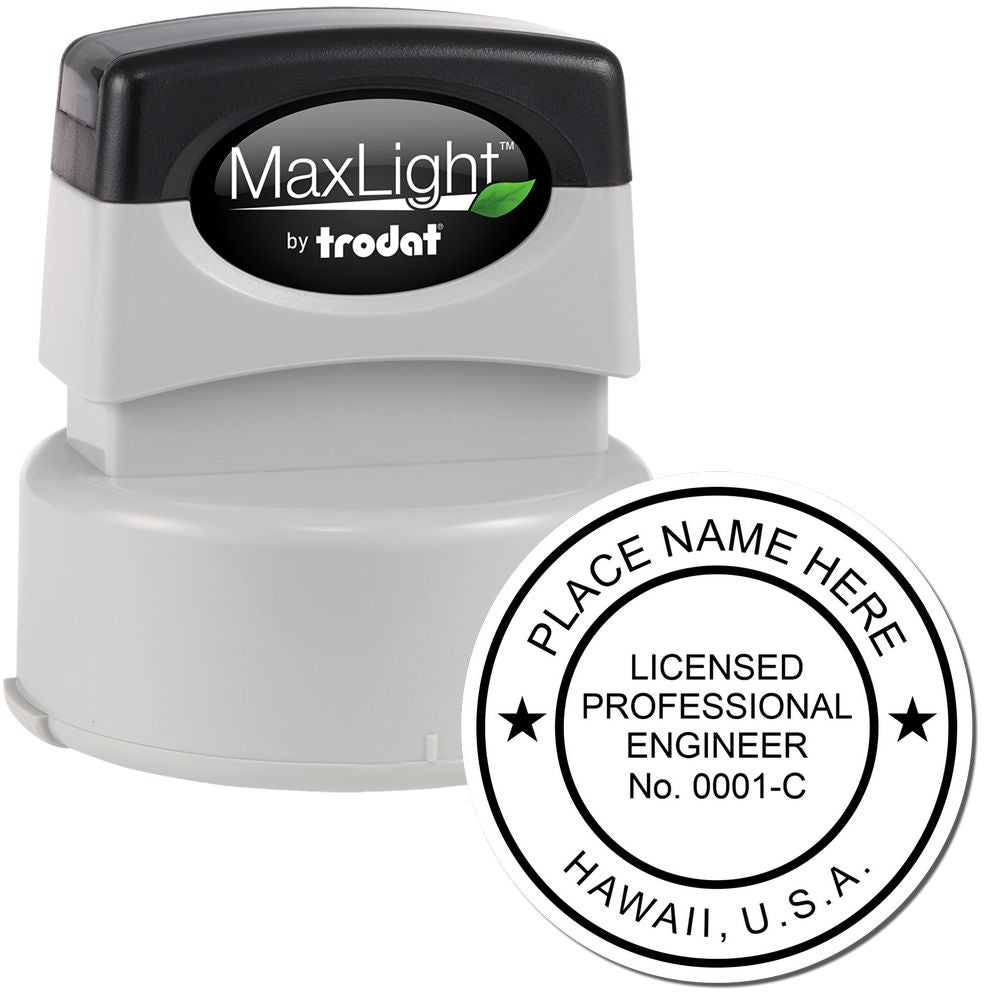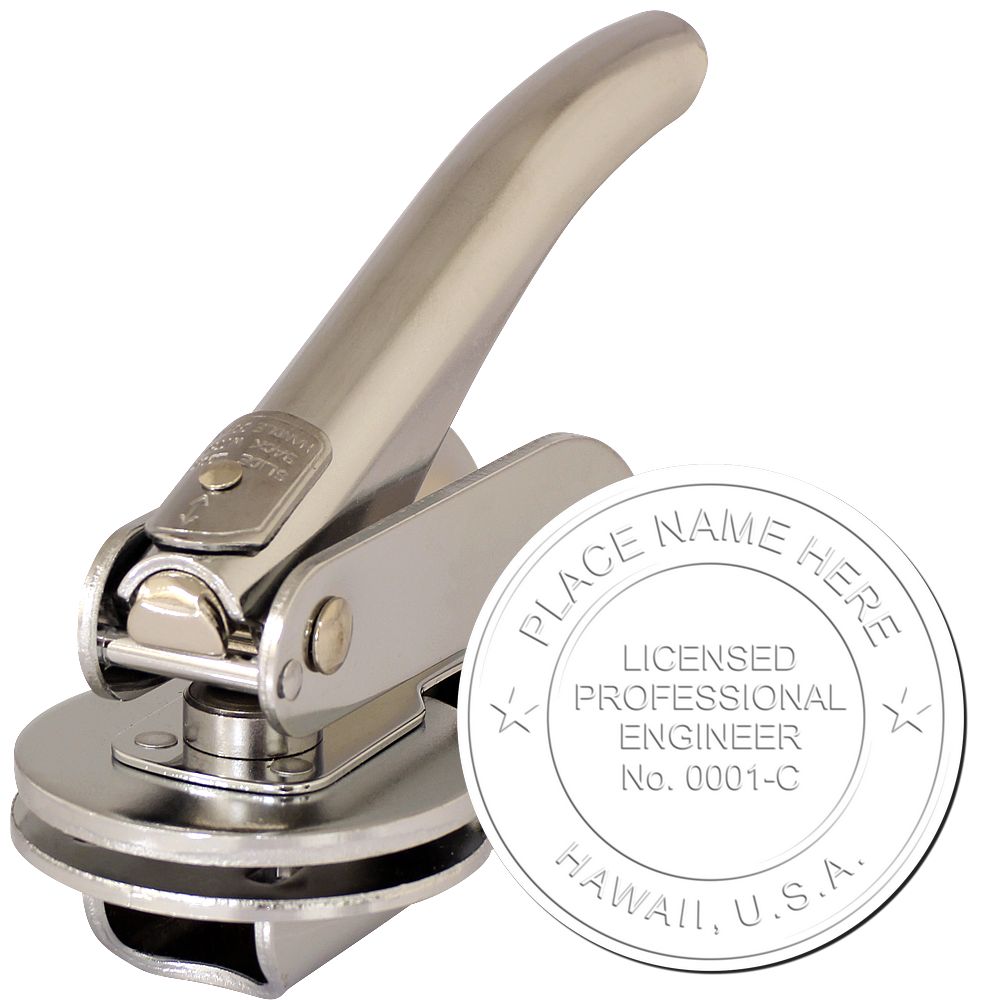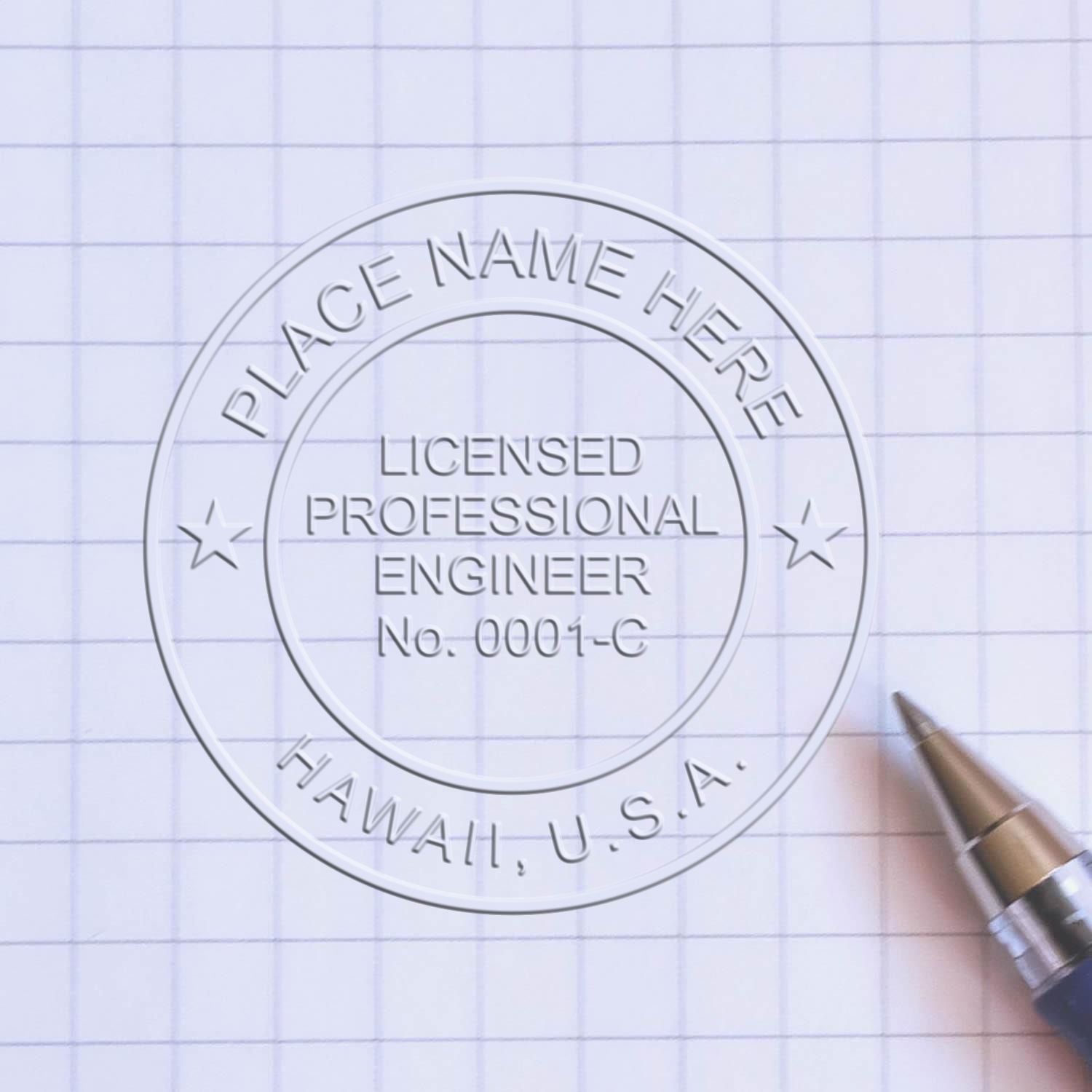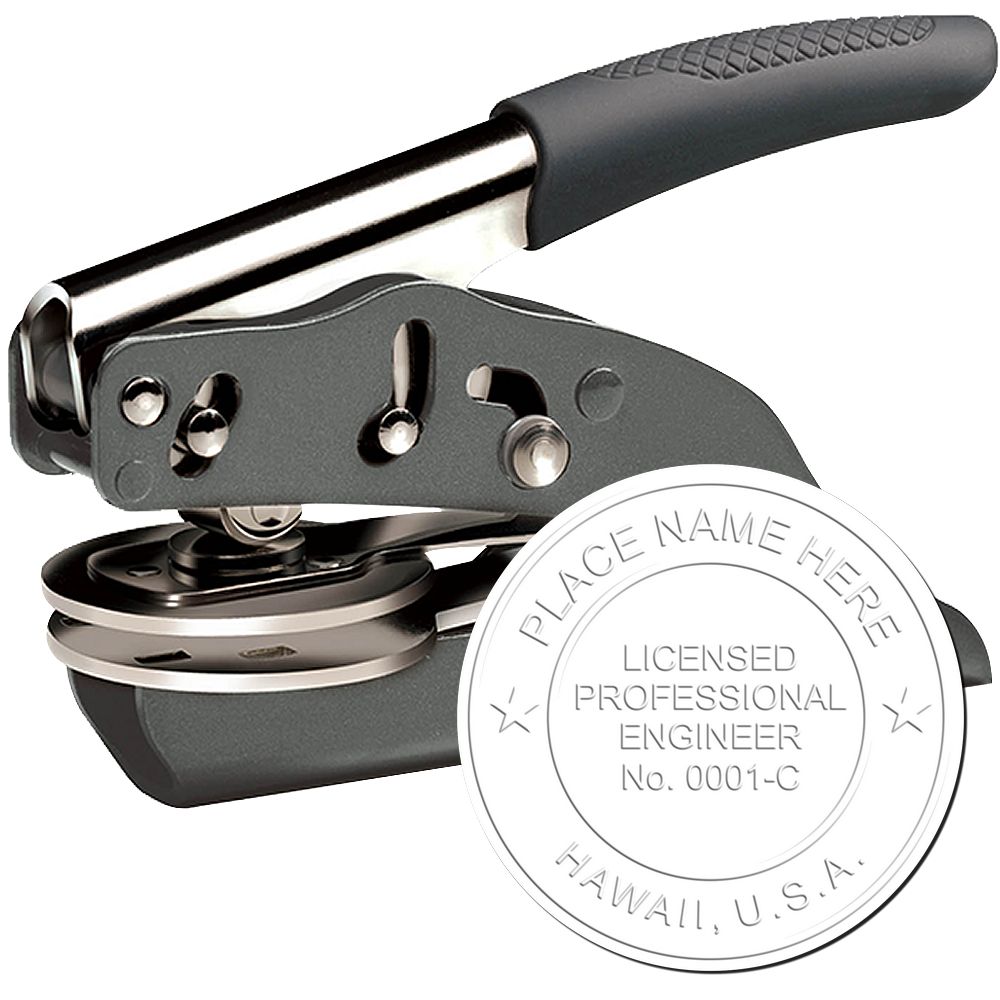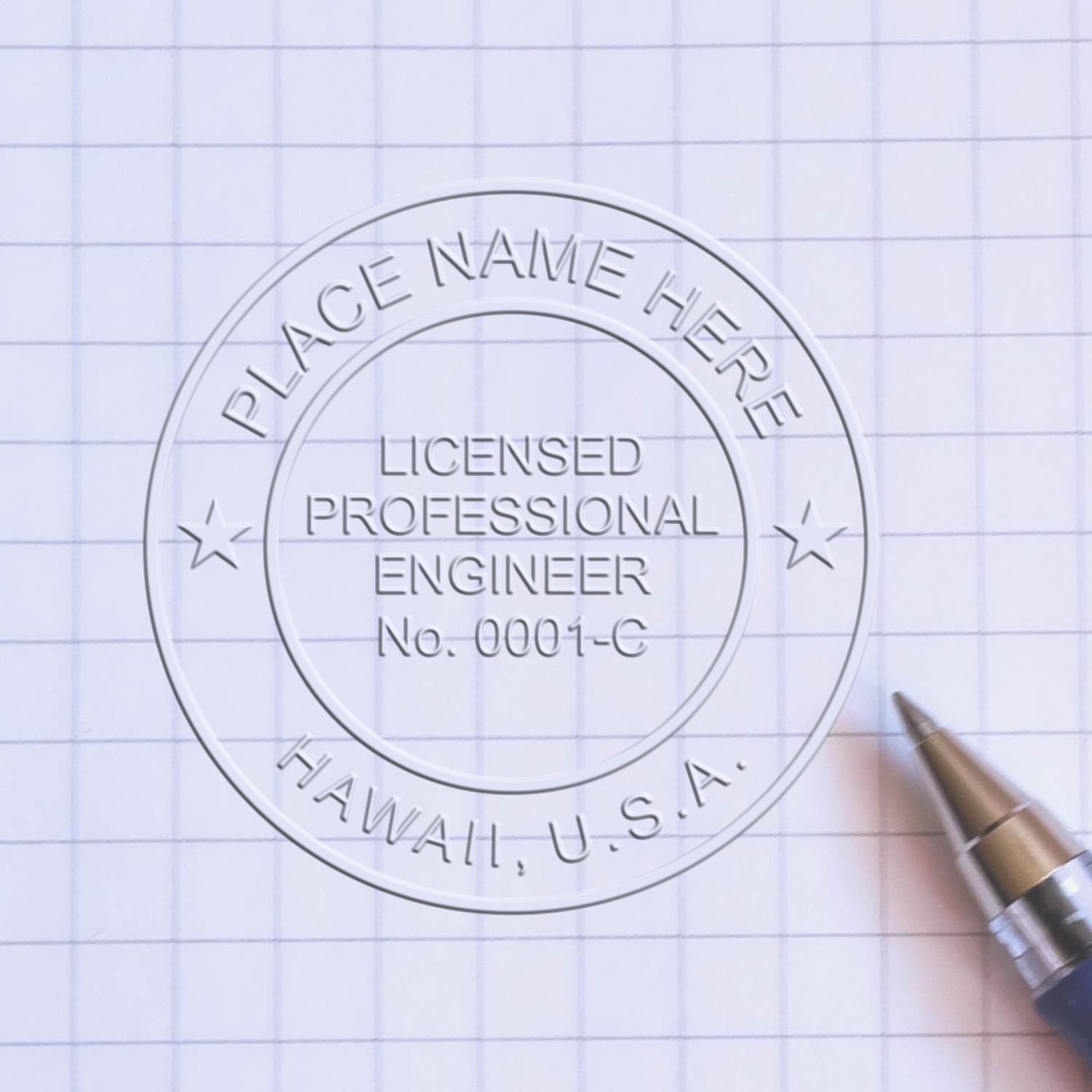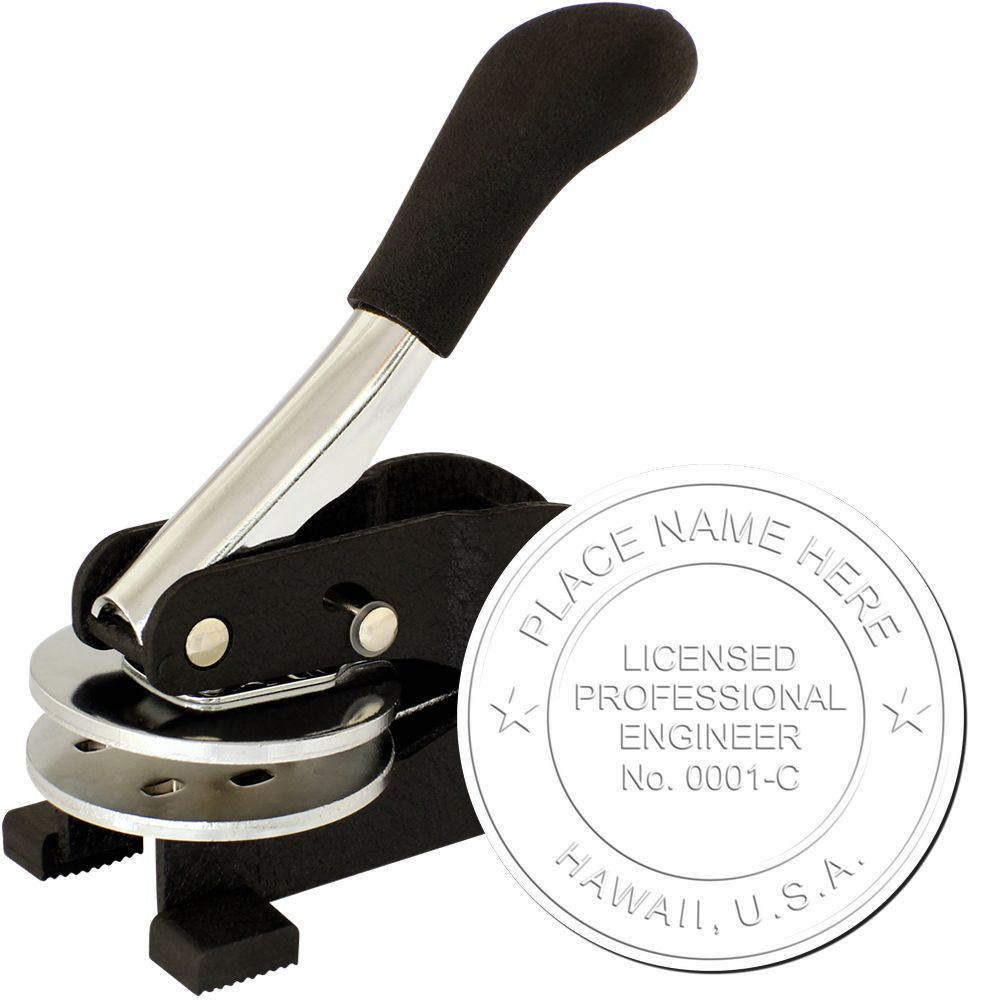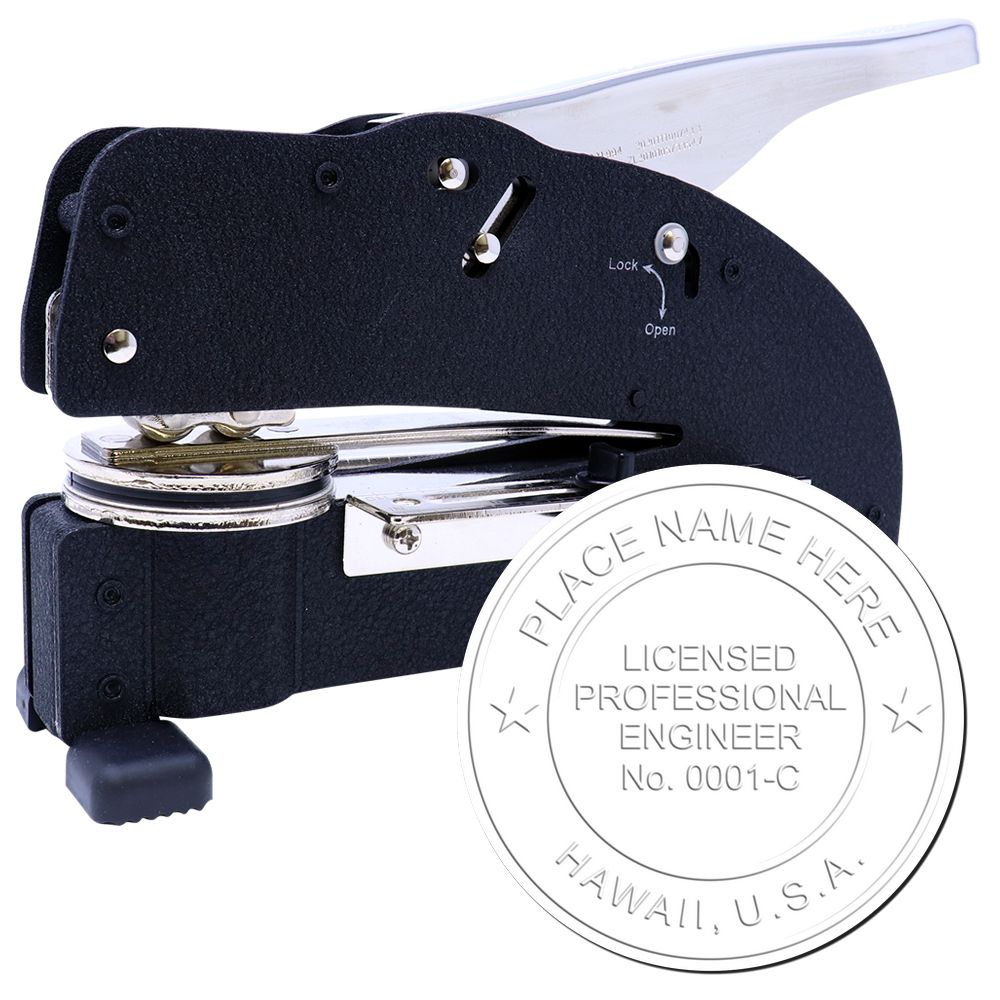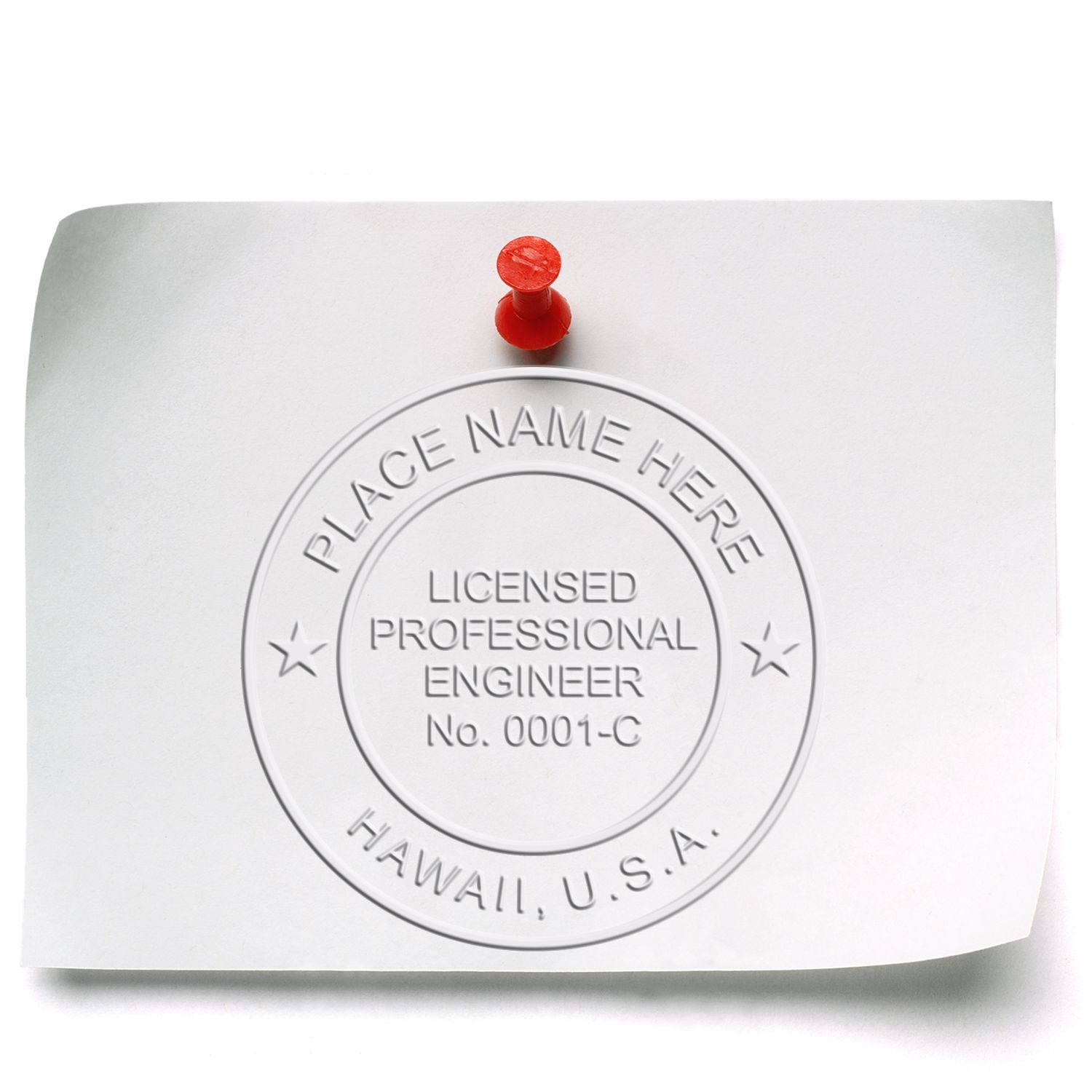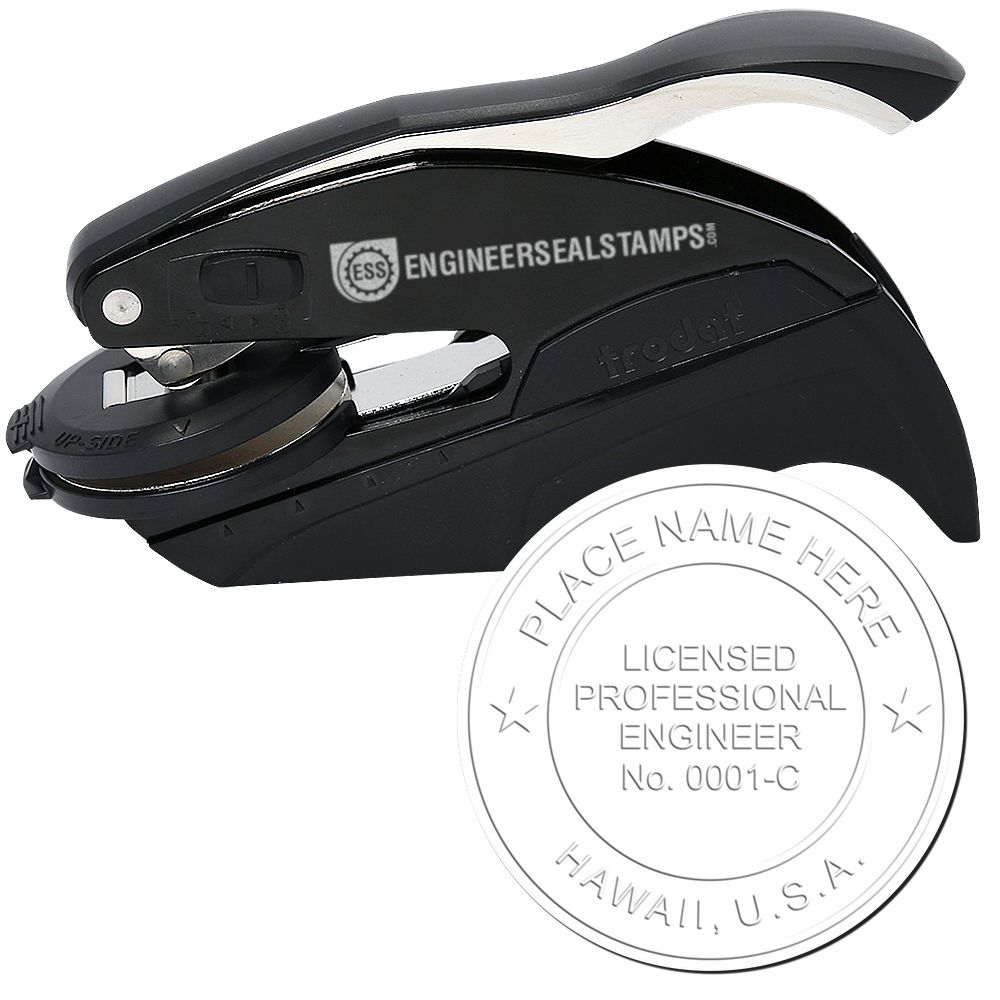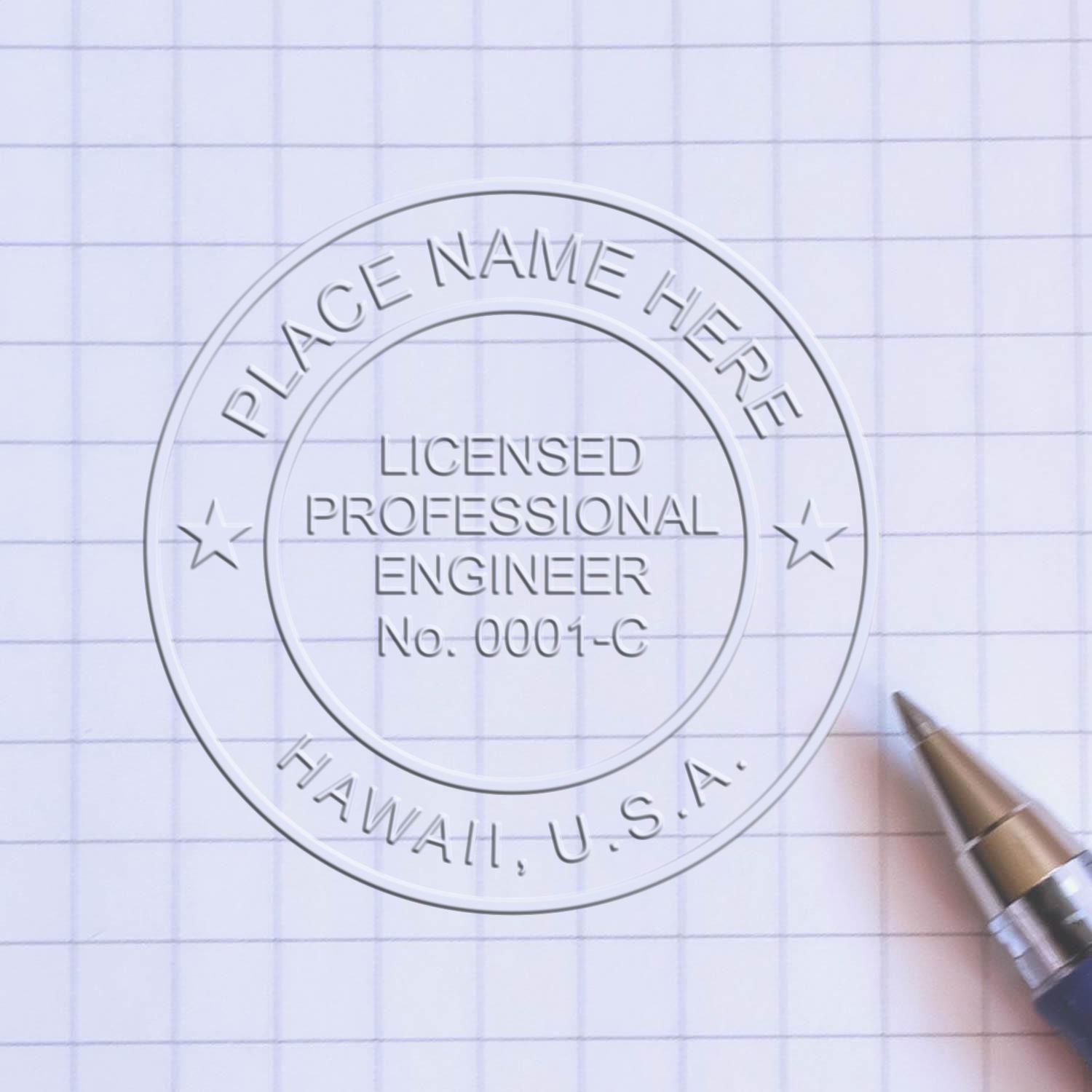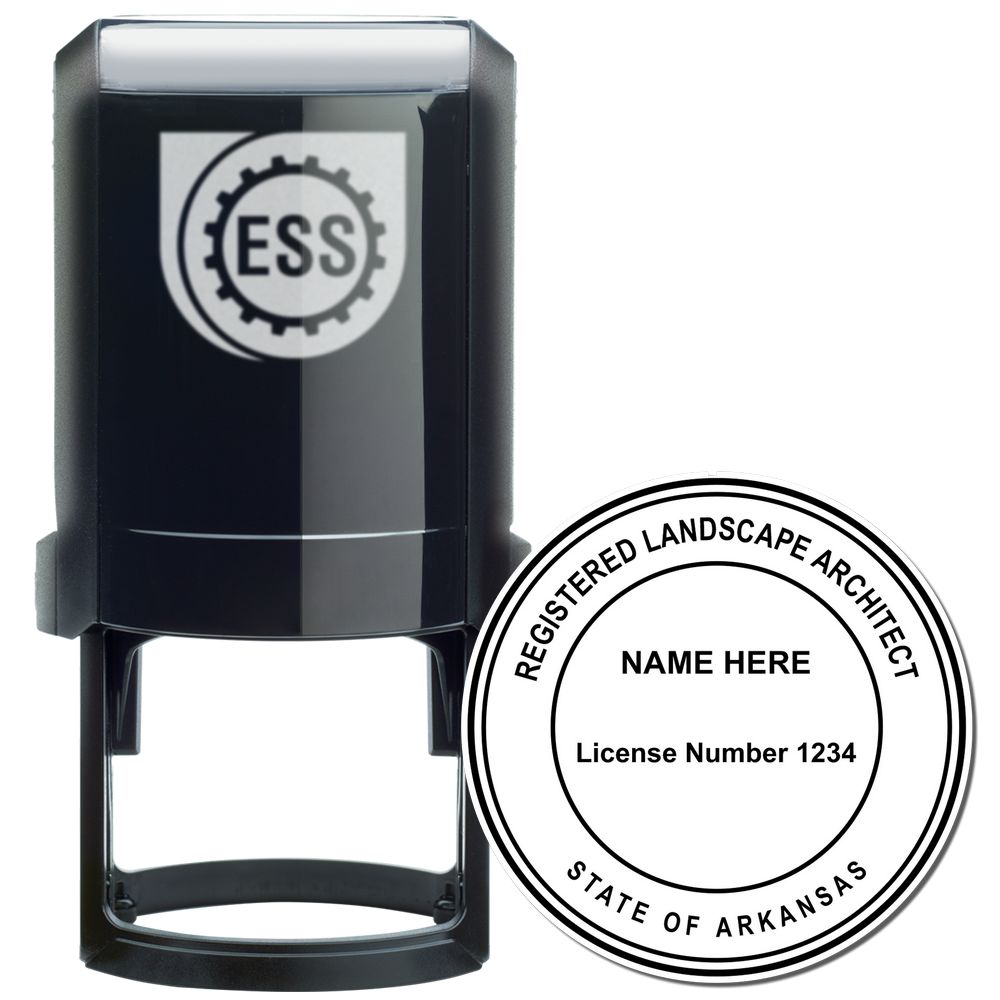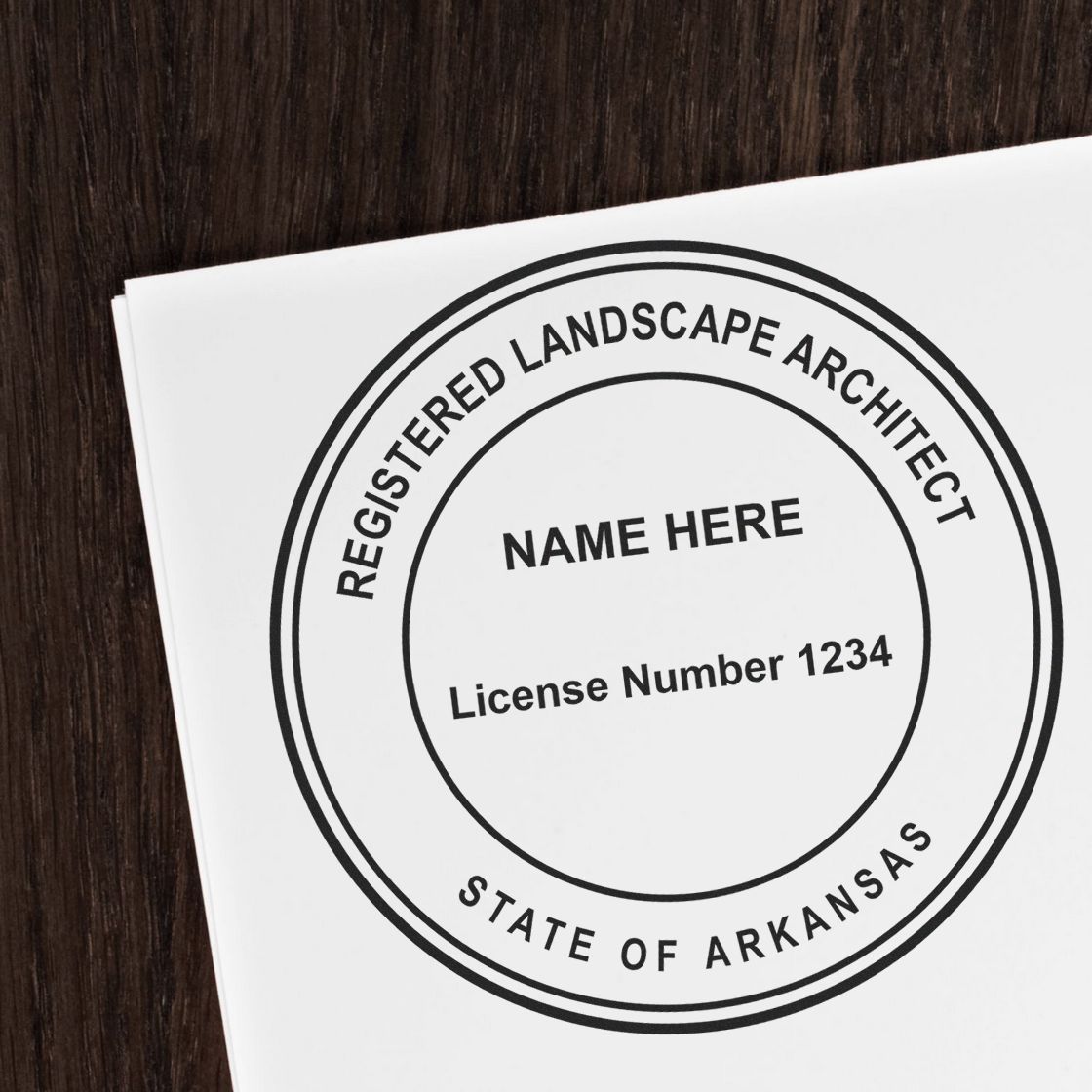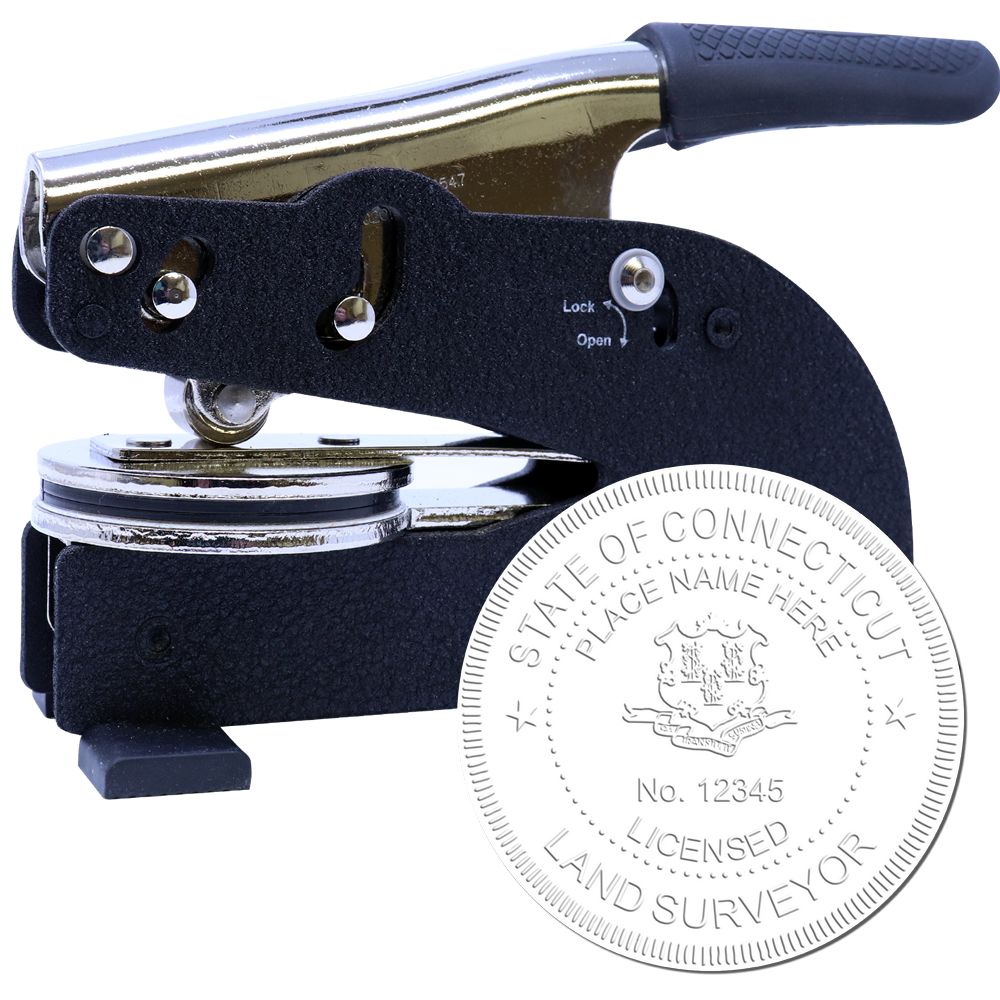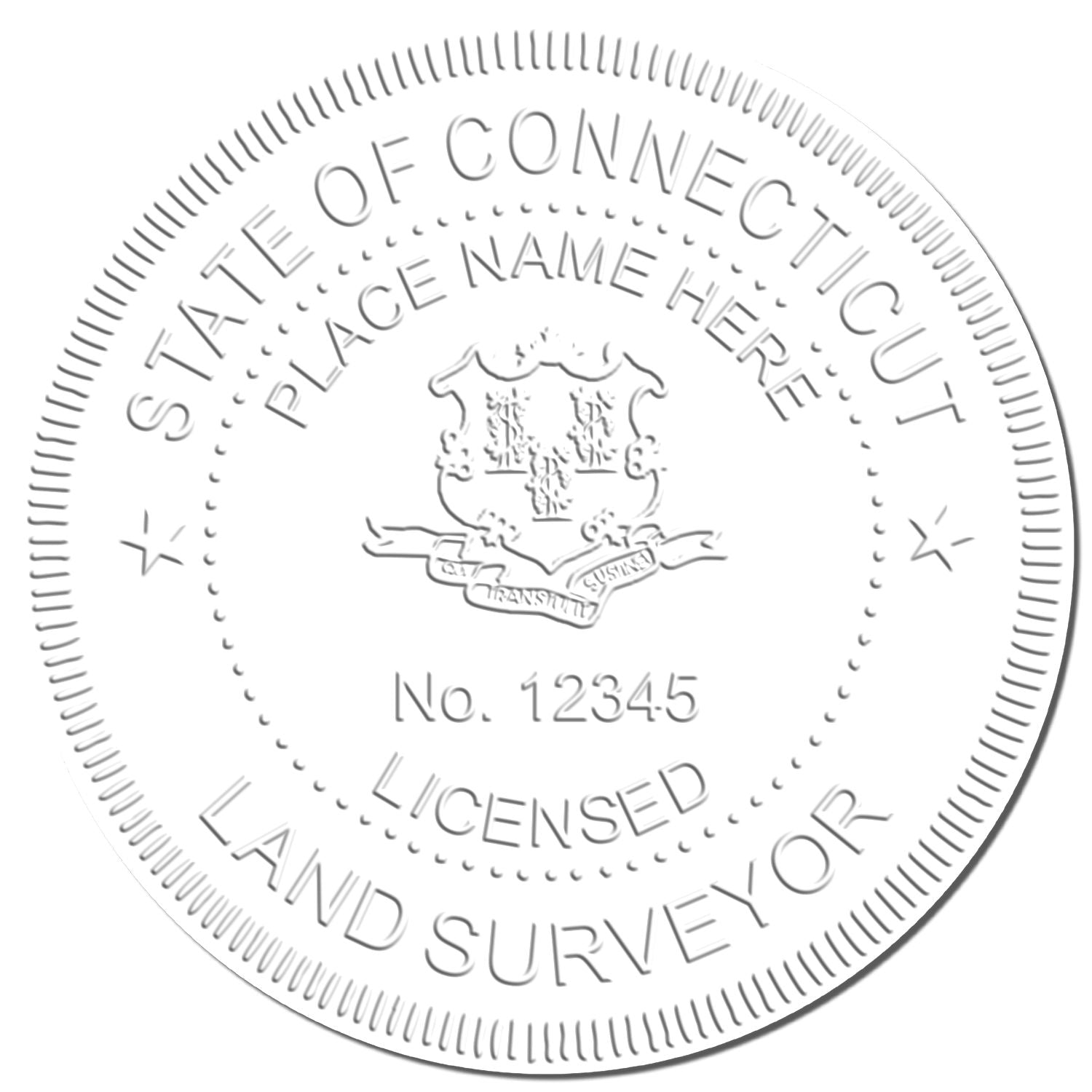Understanding the Engineer Seal Requirements in Hawaii
When it comes to the practice of engineering in Hawaii, understanding the engineer seal requirements is essential. The engineer seal serves as a mark of authenticity and professional competence, indicating that the work has been reviewed and approved by a licensed engineer. In this section, we will explore the importance of the engineer seal and provide an overview of Hawaii's engineer seal requirements.
Importance of the Engineer Seal
The engineer seal holds significant importance within the engineering profession. It signifies that the engineer responsible for the drawings, plans, or documents associated with a project has taken professional responsibility for their work. The seal demonstrates that the engineer has applied their expertise and adhered to the applicable codes, regulations, and standards.
The engineer seal also serves as a form of protection for the public. It provides assurance that the engineering work has been performed by a qualified professional, minimizing the risk of faulty designs or unsafe structures. Additionally, the seal allows for traceability and accountability, as it enables the identification of the engineer responsible for the work.
Overview of Hawaii's Engineer Seal Requirements
In Hawaii, the engineer seal requirements are governed by the Hawaii Board of Professional Engineers, Architects, Surveyors, and Landscape Architects (PEASLA). To affix an engineer seal on engineering documents, individuals must meet specific criteria outlined by the board.
Some key requirements for obtaining and using an engineer seal in Hawaii include:
- Education and Experience: Individuals must possess an accredited engineering degree and relevant work experience to become eligible for licensure. For more information on educational requirements, refer to our article on Hawaii PE stamp requirements.
- Professional Licensing Process: Prospective engineers must apply for licensure through the PEASLA board. This includes passing the Fundamentals of Engineering (FE) exam and the Professional Engineering (PE) exam. To learn more about the licensure process, refer to our article on applying for licensure in Hawaii.
- Hawaii Engineer Seal Design and Usage: The engineer seal design must adhere to specific specifications outlined by the PEASLA board. It should include the engineer's name, license number, and the phrase "Professional Engineer." Proper placement and usage of the engineer seal are also crucial. For more details on design specifications and usage guidelines, visit our article on Hawaii engineer stamp guidelines.
- Maintaining Compliance: Engineers in Hawaii must stay updated with the state's regulations and renew their professional licenses regularly. Failure to comply with the engineer seal requirements or renew professional licenses can have consequences. To understand the importance of compliance, read our article on Hawaii engineering stamp laws.
By understanding and adhering to Hawaii's engineer seal requirements, engineers can demonstrate their professionalism, competence, and commitment to public safety. The engineer seal serves as a mark of quality and ensures that engineering work in Hawaii meets the necessary standards and regulations.
Education and Experience
When it comes to obtaining and using an engineer seal in Hawaii, certain educational and professional requirements must be met. These requirements help ensure that engineers possess the necessary knowledge, skills, and experience to perform their duties effectively and responsibly. In this section, we will explore the requirements related to accredited engineering degrees, relevant work experience, and professional licensing.
Accredited Engineering Degree
To meet Hawaii's engineer seal requirements, one must hold an accredited engineering degree. This means completing a program of study at an institution recognized by an accrediting agency such as the Accreditation Board for Engineering and Technology (ABET). An accredited engineering degree provides a solid foundation in the fundamental principles and practices of engineering, preparing individuals for the complexities of the profession.
Relevant Work Experience
In addition to an accredited engineering degree, relevant work experience is crucial for obtaining an engineer seal in Hawaii. This experience allows engineers to apply their theoretical knowledge to real-world projects, developing practical skills and expertise. The specific amount of work experience required may vary depending on the level of licensure being sought, such as Professional Engineer (PE). It is important to consult the appropriate licensing board or regulatory agency to determine the exact requirements.
Professional Licensing
To legally practice engineering and use an engineer seal in Hawaii, obtaining professional licensing is a mandatory step. The licensing process is overseen by the Hawaii Board of Professional Engineers, Architects, Surveyors, and Landscape Architects (PEASLA). It typically involves passing the Fundamentals of Engineering (FE) exam, gaining relevant work experience under the supervision of a licensed Professional Engineer, and then passing the Professional Engineering (PE) exam. These exams assess an engineer's knowledge and competency in their chosen field.
To maintain their professional license, engineers must fulfill continuing education requirements to stay updated with the latest developments and best practices in the field. This ensures that engineers remain competent and knowledgeable throughout their careers. It is essential to be aware of the specific requirements set by the licensing board and to fulfill them in a timely manner.
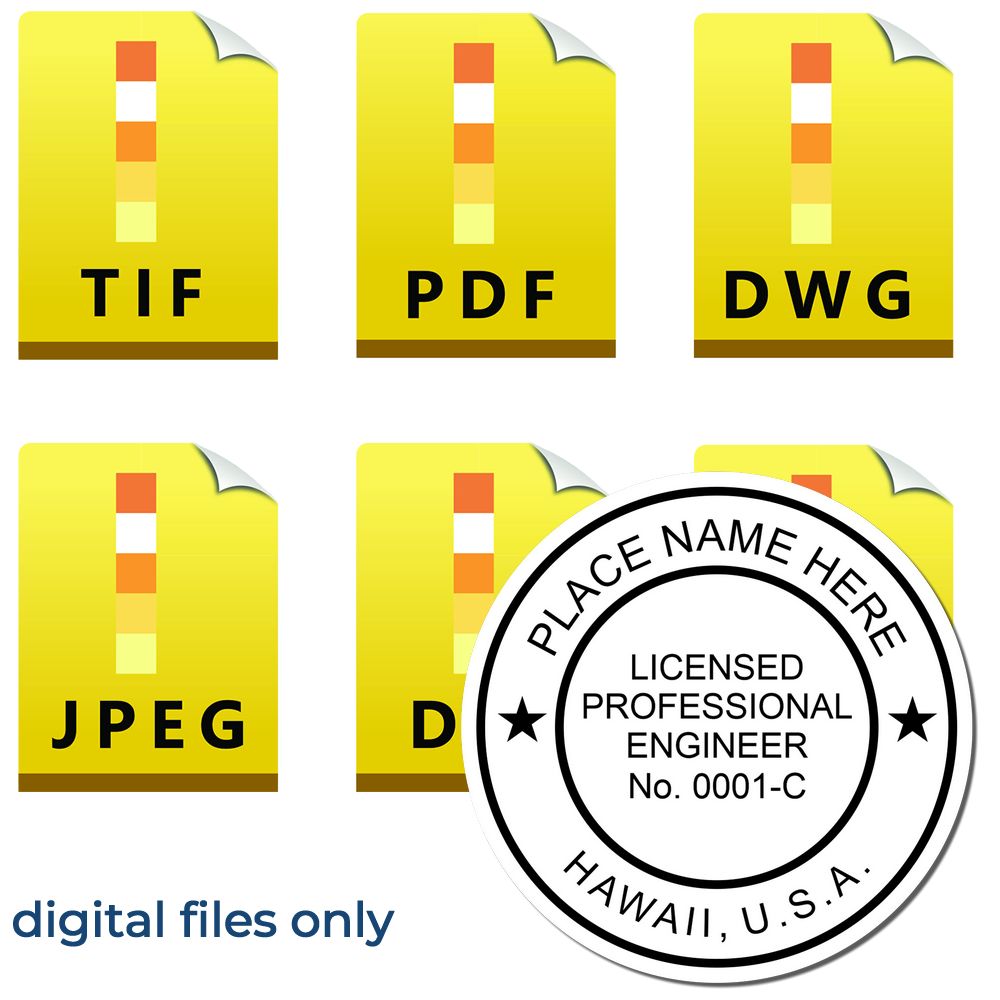
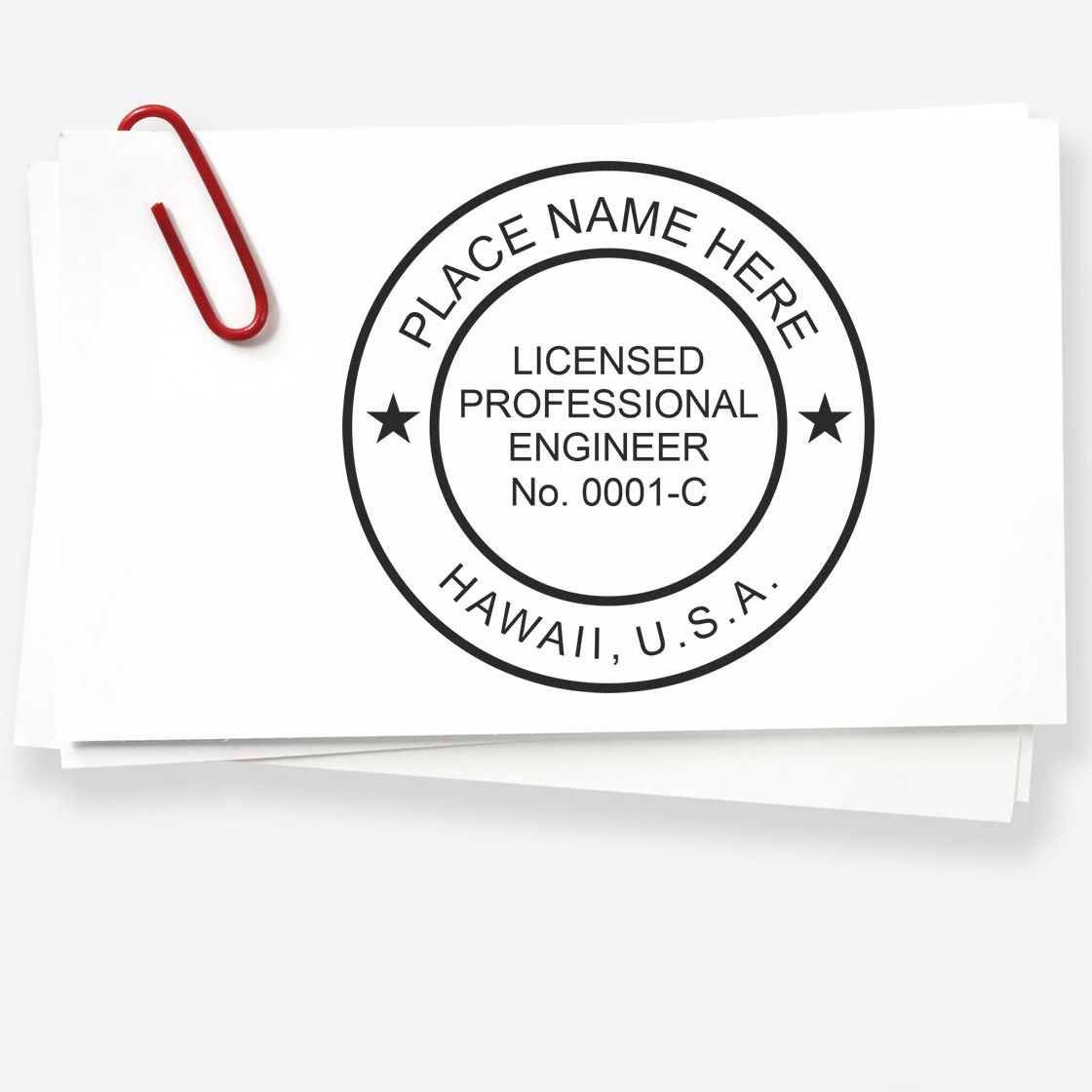
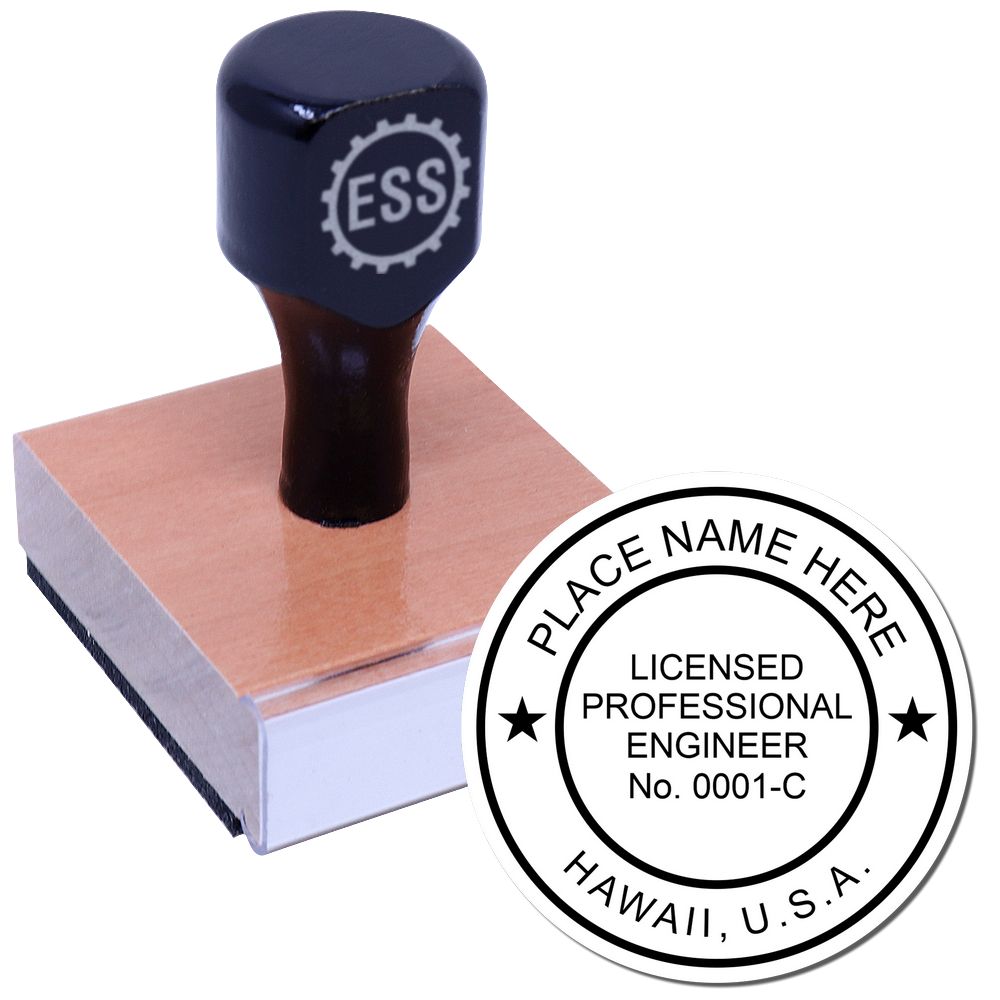
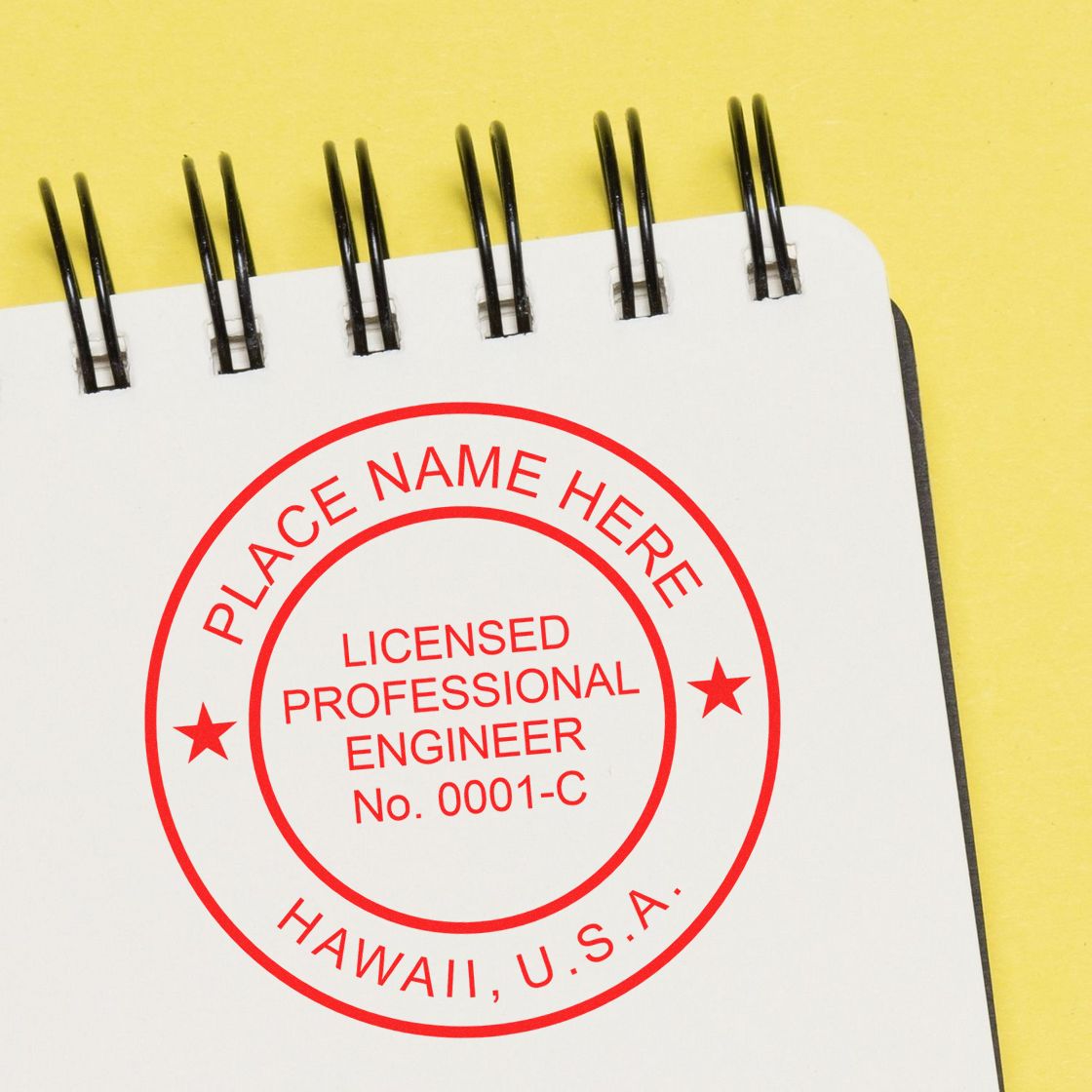
Understanding the education, experience, and licensing requirements is crucial for engineers who wish to obtain and use an engineer seal in Hawaii. By fulfilling these requirements, engineers can demonstrate their qualifications and commitment to upholding the standards of the profession. For more detailed information on Hawaii's engineer seal requirements, refer to our article on hawaii engineer stamp regulations.
Professional Licensing Process
To become a licensed engineer in Hawaii, individuals must go through a professional licensing process. This process ensures that engineers meet the necessary qualifications and adhere to the standards set by the state. The licensing process includes applying for licensure, fulfilling the requirements for the Fundamentals of Engineering (FE) exam and Professional Engineering (PE) exam, and meeting continuing education requirements.
Applying for Licensure in Hawaii
The first step in obtaining a professional engineering license in Hawaii is to apply for licensure through the Hawaii Board of Professional Engineers, Architects, Surveyors, and Landscape Architects (PEASLA). The application process typically requires the submission of educational transcripts, documentation of relevant work experience, and payment of the required fees.
Applicants must demonstrate that they meet the education and experience requirements set by the PEASLA. The specific requirements may vary depending on the type of engineering discipline and the desired level of licensure. It is essential to review the Hawaii engineer seal requirements and consult the PEASLA website for detailed information on the application process.
FE Exam and PE Exam Requirements
The next step in the licensing process is to fulfill the requirements for the FE exam and PE exam. The FE exam, also known as the Engineer-in-Training (EIT) exam, is the first step towards becoming a licensed engineer. It assesses the fundamental knowledge and understanding of engineering principles.
After passing the FE exam, individuals can progress to the PE exam, which tests the candidate's competency in their chosen engineering discipline. The PE exam is more specialized and focuses on the practical application of engineering principles. It is essential to review the specific exam requirements and content areas outlined by the National Council of Examiners for Engineering and Surveying (NCEES).
Continuing Education Requirements
Once licensed, engineers in Hawaii are required to fulfill continuing education requirements to maintain their professional standing. Continuing education ensures that engineers stay updated with the latest advancements and best practices in their field. The Hawaii Board of Professional Engineers, Architects, Surveyors, and Landscape Architects (PEASLA) mandates a certain number of professional development hours that engineers must complete within a specified renewal period.
These continuing education requirements may include attending seminars, workshops, conferences, or completing online courses relevant to the engineering profession. It is crucial for engineers to keep track of their completed hours and retain appropriate documentation to demonstrate compliance during the license renewal process.
By successfully completing the professional licensing process, engineers in Hawaii can obtain their professional engineering license and earn the right to use the Hawaii engineer seal. This seal signifies their commitment to upholding the highest standards of professionalism and competence in the field of engineering. For more information on Hawaii's engineer seal requirements, refer to our article on hawaii engineer stamp regulations.
Hawaii Engineer Seal Design and Usage
To meet the engineer seal requirements in Hawaii, it's important to understand the design specifications and proper usage of the engineer seal. Adhering to these guidelines ensures compliance with Hawaii's regulations regarding the professional certification and sealing of engineering documents.

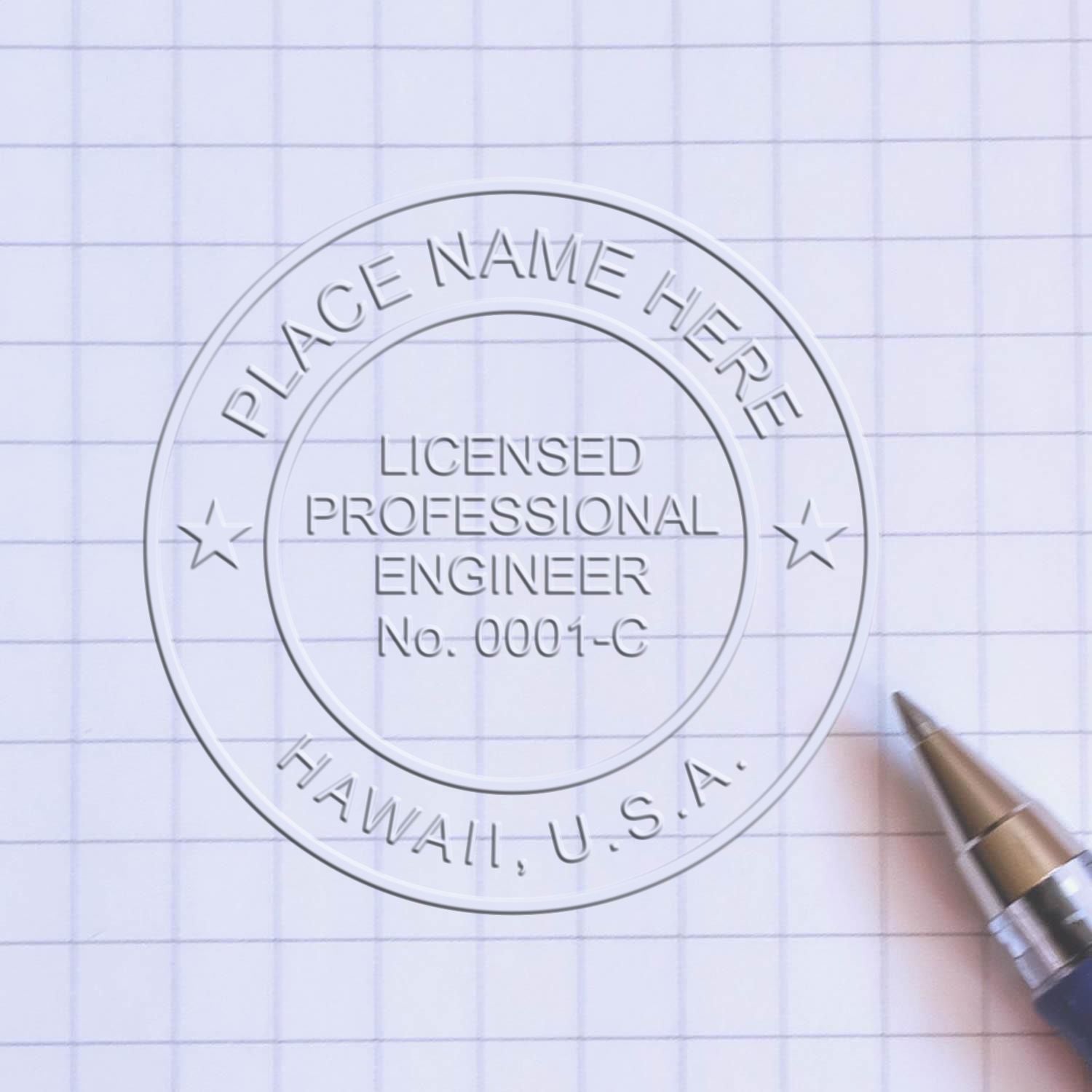
Design Specifications for the Engineer Seal
The engineer seal used in Hawaii must adhere to specific design specifications. The seal should prominently display the following details:
- Engineer's name: The name of the licensed professional engineer should appear on the seal.
- Professional license number: The engineer's unique license number issued by the Hawaii Board of Professional Engineers, Architects, Surveyors, and Landscape Architects should be included.
- State designation: The seal should clearly indicate that the engineer is licensed in the state of Hawaii.
The engineer seal should be circular in shape, with a diameter between 1.5 and 2 inches. The design should be clear and legible, ensuring that the information on the seal remains visible when stamped on documents.
Proper Placement and Usage of the Engineer Seal
The engineer seal should be applied in a manner that indicates its authenticity and serves as a certification of the engineer's work. It is typically placed on the final page of the engineering document or drawing, ensuring that it does not obstruct any critical information.
When affixing the engineer seal, it is important to ensure that the impression is clear, complete, and legible. The seal should not be altered or modified in any way that may compromise its integrity or misrepresent the engineer's certification.
Guidelines for Electronic Sealing and Digital Signatures
In addition to traditional paper sealing, Hawaii also allows electronic sealing and digital signatures for engineering documents. The use of electronic seals and signatures must meet specific requirements outlined by the Hawaii Board of Professional Engineers, Architects, Surveyors, and Landscape Architects.
Engineers utilizing electronic sealing and digital signatures should familiarize themselves with the guidelines and regulations governing their usage. These guidelines typically include requirements for secure digital certificates, encryption, and authentication processes to ensure the integrity and authenticity of the sealed documents.
For more detailed information on the engineer seal requirements in Hawaii, including specific regulations and guidelines, refer to our article on Hawaii engineer stamp regulations.
By following the design specifications, adhering to proper placement and usage guidelines, and understanding the rules for electronic sealing and digital signatures, engineers can fulfill Hawaii's engineer seal requirements and confidently certify their engineering documents.
Maintaining Compliance
Once you have obtained your professional engineering license and the engineer seal for Hawaii, it is essential to maintain compliance with the state's regulations. This ensures that you continue to meet the necessary requirements and uphold the professional standards expected of licensed engineers.
Staying Updated with Hawaii's Regulations
To stay compliant with Hawaii's engineer seal requirements, it is crucial to stay informed about any updates or changes to the regulations. Hawaii's engineering laws and regulations may be subject to revisions, and it is your responsibility to remain knowledgeable about these changes.
By regularly checking the Hawaii Board of Professional Engineers, Architects, Surveyors, and Landscape Architects (PEASLA) website, you can stay up-to-date with any new requirements, guidelines, or relevant announcements. It is also advisable to subscribe to their newsletters or mailing lists to receive timely updates directly in your inbox.
Renewing Professional Licenses
As a licensed professional engineer in Hawaii, it is necessary to renew your professional license periodically. The renewal process typically occurs every two years, and it is crucial to submit the necessary documentation and fees within the specified timeframe to avoid any disruptions in your licensure status.
The exact renewal requirements and procedures may vary, so it is essential to refer to the Hawaii PEASLA website for detailed instructions and forms. Additionally, maintaining a record of your continuing education credits is crucial, as these credits may be required for license renewal. For more information on continuing education requirements specific to Hawaii, visit our article on hawaii pe stamp requirements.
Consequences of Non-Compliance
Failure to comply with Hawaii's engineer seal requirements and maintain an active professional license can have serious consequences. In addition to potential legal repercussions, non-compliance can lead to professional and reputational damage.




If found to be in violation of the regulations, you may face disciplinary actions, such as fines, license suspension, or even revocation. These consequences can negatively impact your career and limit your ability to practice engineering in the state of Hawaii.
To ensure compliance and avoid such consequences, it is imperative to stay informed, follow the renewal procedures diligently, and adhere to all applicable regulations. By doing so, you can maintain your professional standing as an engineer and continue to provide quality services while upholding the integrity of the engineering profession.
Remember, the specific requirements and guidelines for maintaining compliance with Hawaii's engineer seal regulations may vary, so always refer to the most recent information provided by the Hawaii PEASLA. For more details on the engineer seal requirements, you can also check out our article on hawaii engineer stamp regulations.
About ESS
ESS is a leading manufacturer in the industry specializing in top-notch custom rubber stamps, professional seals and notary stamps. Our team of experts has hands-on experience in manufacturing premium-quality products that have consistently met the high standards of our customers. Our primary goal is to provide the best customer experience by rendering stellar customer service, timely delivery, and meeting every specific requirement of our clients.
We take pride in the durability and long-lasting performance of our products which are backed by a state-board guarantee, ensuring that our clients can rely on our products with complete peace of mind. We also offer a quick turnaround on all our products, ensuring that our clients receive their orders promptly. At ESS, we understand the importance of standing out amongst the competition and showcasing professionalism. That's why we don't compromise on the quality of our products. We use the latest technologies and manufacturing techniques to develop products that are durable and long-lasting. With over 50 years of experience in the industry and a team of experienced and qualified professionals, ESS has set a benchmark in the market for providing premium-quality custom rubber stamps, professional seals and notary stamps. We are committed to maintaining our standard and continuously strive to raise the bar.

